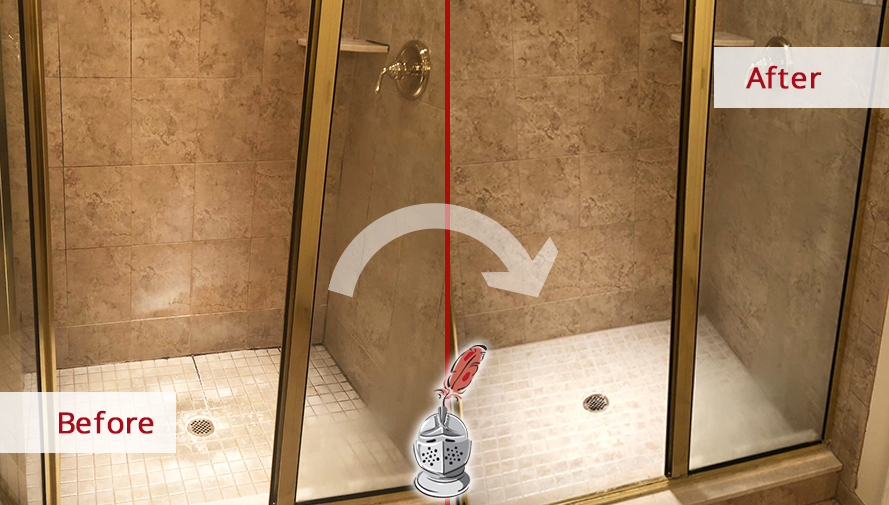They are making a number of good annotation on the subject of How to Repair and Prevent Bathroom Water Damage as a whole in this content following next.

The washroom is very vulnerable for damp buildup as well as potential water damage as a result of the regular use water in it. This short article supplies straightforward inspection methods to help finding water damage hazards.
The regular use of water in the shower room makes it exceptionally vulnerable for damp accumulation as well as possible water damage. By checking it routinely, you can minimize water related damages.
The adhering to set of evaluations is simple to execute and also ought to be done when in every 3 months in order to keep your shower room healthy and to avoid possible water damages caused by the tub, the shower, pipeline joints and plumbing, sinks, cupboards, and also the commode
Do not overlook doing these examinations and be extensive while doing them. Remember that these simple evaluations can conserve you a lot of money by supplying very early indications for water damages
Bath tub and Shower
The shower as well as bath tub require special interest and also maintenance. Check the ceramic tiles and also replace if broken. Make certain that there is no missing out on cement in between the tiles. Examine as well as change cracked caulking at joints where the walls satisfy the flooring or the tub. Blocked drains pipes and also pipes issues will certainly protect against the bath tub from drying out and also might show serious problems beneath the bathtub. Speak with a professional right away to avoid structural damage. Pay attention to discolorations or soft areas around the bathtub walls as they might show an inner leakage.
Plumbing
Signs for water damages are tough to find considering that a lot of pipes are installed inside the walls.
Pay special interest to flooring as well as walls dampness and also discolorations as they might show an unseen plumbing problem. Examine dampness degrees in adjacent areas too.
Sinks and also Cabinets
Sinks and also closets are revealed to dampness and also moisture everyday as well as are typically ignored. Check frequently under the sink and on the countertop above it. Fix any kind of drip in the catch as it might suggest drain problems. Look around the sink, slow draining pipelines might suggest a blocked drain. Replace sink seals if they are fractured or loosened.
The Bathroom
The bathroom is a susceptible water junction. Check the water lines and also look for leaks around the toilet seat, in the hose, and also under the water container. If you discover any type of signs of dampness on the flooring around the commode, look for leaks in the toilet rim and also storage tank seals.
Understand that hanging toilet dish antiperspirants enhances the chances for obstructions.
Water Damage Signs In The Bathroom To Avoid Cleanup
Musty smell
This is one of the easiest signs to catch because musty smells are so odorous. The damp, earthy, moldy smell should be a big red flag. The smell will develop when moisture gets trapped in surfaces, and begins to facilitate mold growth. Leaking pipes under cabinets, inside walls, and behind shower fixtures will cause moisture to stay trapped and not dry, which will lead to mold growth and spread. As soon as you notice any musty smells in your bathroom, have it checked for hidden water damage and cleanup signs.
Visible mold
If the smell isn’t there to give it away, sometimes you will actually see mold growth. Finding mold in your bathroom is a serious problem, because mold is very harmful to your health. By the time mold growth is visible, it also means that water damage has already occurred and been present for some time. The only way the mold problem can be resolved is to find the source of the moisture and get it stopped. To safely and adequately remove mold, you need to have professionals handle the remediation. Do not waste any time in getting mold problems addressed, fixed, and sanitized so that you can protect you and your family from the many respiratory symptoms caused by mold exposure.
Damaged floors
Bathroom floors should be able to withstand some exposure to water while still remaining in good condition. However, when excess exposure or water leaks occur, they will begin to damage even the most water-resistant flooring. If you notice any cracking, bubbling, staining, or warping on your bathroom floors, there is probably a water leak somewhere causing the distortion. If you notice areas of the floor have become softer, or even have a spongy feeling, there is probably damage to the subfloor. Subflooring is typically made up of plywood. When plywood is exposed to water or moisture, it will absorb it. Once it has become saturated, the weight of the excess water will cause the wood to swell and soften. Check the floors in your bathroom frequently to catch any of these sings before they lead to damaged subflooring.
Changes on walls
When water leaks behind walls, it will cause changes in the drywall. Peeling plaster, blistering paint, and soggy wallpaper are all good indicators that excess water is building up behind the wall. Water leaking behind drywall will cause it to swell and be soft to the tough. If you start to notice gaps along the trim of your walls, or where tile meets the wall, it could also be a strong indicator that there is a leak behind the wall. Any changes, distortion, or damage on the walls should be evaluated as soon as you notice it to prevent further water damage and cleanup.

I'm certainly very enthusiastic about How to Repair and Prevent Bathroom Water Damage and I hope you enjoyed the new piece. Enjoyed reading our piece of writing? Please share it. Let someone else find it. Thanks a lot for taking the time to read it.
Schedule Your Service